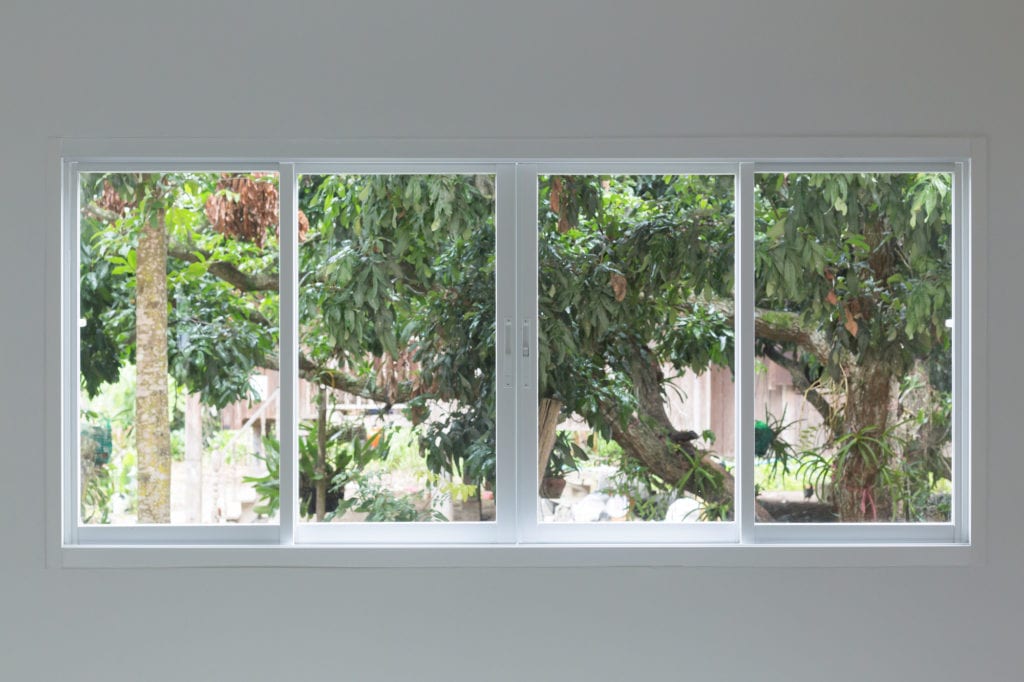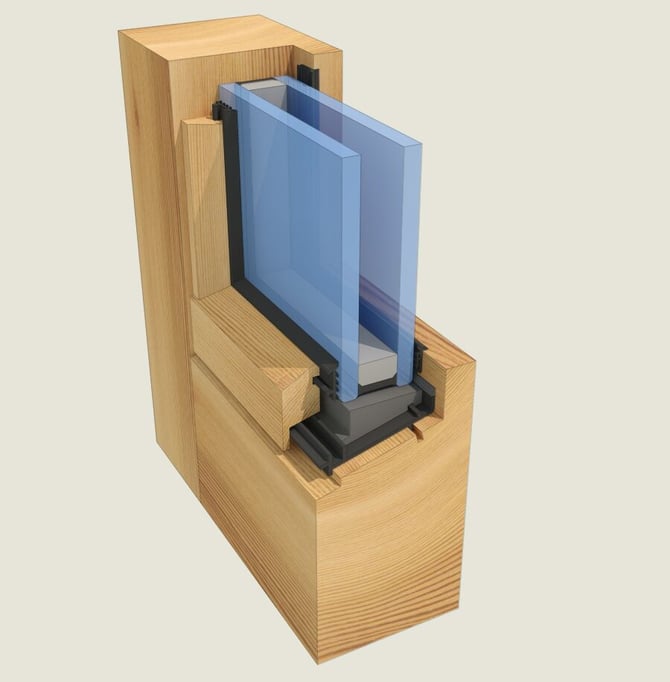All Categories
Featured
Table of Contents
Stay Cool This Summer With Double Glazed Windows - Aaa Glass in Shelley WA
That window can transfer more solar heat in winter season than in summer season. A west-facing window on a summer season's afternoon has an angle of occurrence from near 0 approximately 30 with a big reliable location of solar radiation. A north-facing window, in summer, has a high angle of occurrence and a low efficient area of solar radiation, so can transfer less heat than a west-facing one.

You can quickly and quickly enhance the thermal efficiency of your home by replacing your windows. There are thousands of types of glass and frames to pick from.
Energy Efficient Windows: Choose The Best Option For Your ... in Brookdale Perth
There are numerous various kinds of glass products to select from. Single glazing uses a single pane of glass. Single glazing with clear glass is not extremely efficient when it pertains to heat loss or gain. To improve efficiency, you can use single glazing with a more energy-efficient type of glass such as low emissivity (low-e) glass.
The energy performance of IGUs likewise depends on: the residential or commercial properties of each layer of glass. Various glass types (for example, clear and low-e glass) can be put together in an IGU.
Why Does Double Glazing Help To Keep Us Cool In Summer? in Coolbinia Western Australia

IGU cavities can be filled with air or a more inert, low-conductivity gas such as argon the width of the cavity. Wider cavities offer lower (better) U values, with 12mm typically accepted as the favored gap how well the cavity is sealed.
If argon is set up to the cavity in place of air, wetness is reliably excluded the level of desiccant (drying representative). The spacer (metal or polymer strip) that separates the glass layers consists of a desiccant to absorb any moisture. Inadequate desiccant might cause wetness to condense on the glass surface area in cold conditions, minimizing thermal performance.
Improve Your Home's Energy Efficiency With Double Glazing in Wembley Downs Western Australia
In truth, IGUs can deliver better energy performance for all environments, particularly in heated and air-conditioned homes. Cross-section detail of single, double and triple-glazing units Low emissivity glass (frequently referred to as low-e glass) decreases heat transfer. Low-e glass may be either high or low transmission: High transmission low-e glass has a finish that enables daytime from the sun to pass into your home to accomplish good solar heat gain, but decreases the quantity of the long wavelength infrared heat that can get away back through the window.
Low-e glass has either a pyrolytic coating or a vacuum-deposited thin movie metal covering. Pyrolytic finishes are resilient and can be used for any glazing; vacuum-deposited coverings are soft and are only utilized within IGUs. Low-e finishes can substantially improve both U worth and SHGC; nevertheless, they must be utilized properly or they will either deteriorate or stop working to carry out as required.
What Are The Benefits Of Double Glazed Windows? in South Perth Perth
Low-e finishes can be utilized in combination with clear, toned or reflective glass. Low-e finishes on glazing can decrease heat transfer where required Picture: Department of Market, Science, Energy and Resources Toned glass has actually colouring ingredients consisted of throughout manufacture. It is readily available in different colours, normally bronze, grey, blue and green.
Latest Posts
Pros And Cons Of Argon Gas In Windows in Ridgewood WA
Does Double Glazing Have A Vacuum? in Shoalwater WA
Double & Triple Glazing Windows In Warwickshire in Perth